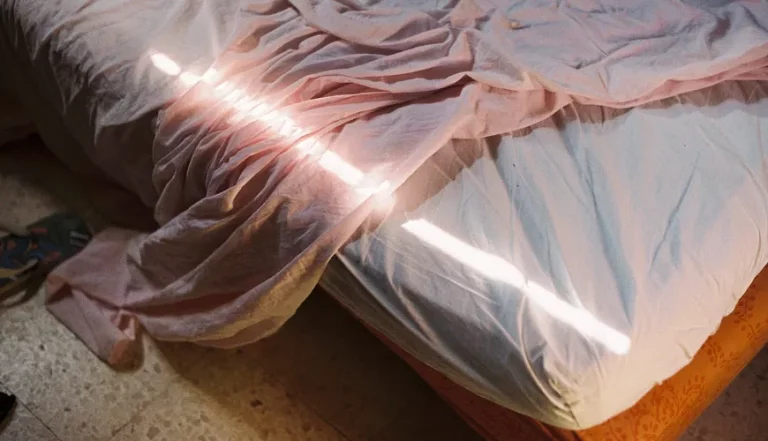To say that America has a bed bug problem is probably to understate the case. Recent studies have shown that one in five American homes have bed bugs – and it appears that the problem is getting worse. But bed bugs are not only affecting homes. Schools, hospitals, daycare centres, and many other places are increasingly reporting bed bug infestations.
However, it is true that 91% of those infestations are found in single-family homes (with apartments in second place with 89%).
So how do you know if you have a bed bug infestation – and what should you do about it?
One of the first signs that you may have a bed bug problem can be found on your sheets. Take a closer look, and if you spot small black or brownish spots – that probably beds bug poop (faecal matter). If you are suffering from bites, also take a look at your pillowcases and remove the sheet to look at the mattress to see if you can spot this tell-tale sign. But always keep in mind that not every itchy red spot on your body is a result of bed bugs. If you have pets, fleas could be responsible – and mosquitoes can do their bit as well (bed bug bites and mosquito bites both cause raised welts and itchiness).
Those bed bug bites are also recognizable due to their patterns. They tend to appear in a zig-zag or cluster formation, unlike the single bites from mosquitos.
Then there are the eggs. Female bed bugs lay small oval white eggs. They tend to lay these in crevices and cracks – and the joins on your bed frame may be the perfect place for the females to get to work producing the next generation of bed bugs. Take a close look at these spaces – you may also find egg casings where the young have already hatched out.
However, be sure to look really carefully – bed bugs are tiny, about the size of a very small grain of rice – so the eggs are easy to overlook. An old trick is to use some tape – stick it to potentially problematic areas and peel it off – the egg cases should stick to it, making them easier to see.
That sticky tape approach can also be useful in spotting molts. Bed bugs molt as they grow, and the shell-like discarded exoskeletons can be found wherever there is an infestation. There are many images on the Internet that can help you to spot what these shells look like. Again they can be found on sheets, pillowcases, and mattresses – so take a close look before you whip out the tape.
Bed bug bites can be messy. The blood flow caused by the bites is not subject to quick coagulation, as is the case with mosquito bites. If you’re bitten, you’re going to bleed. So, once again, take a close look at your sheets and pillowcases (also check your headboard). If there are small streaks of blood or spots (red or a rusty colour), chances are that you are dealing with a bed bug infestation.
Your nose will know. Bed bugs communicate with each other using pheromones – and they have a very distinctive, musty smell. The smell can vary – but it is out of the ordinary – it can range from that musty smell to almost sweet, but it can be very subtle and go without notice, especially in bedrooms where it is competing with perfumes, deodorants, skincare products and much more.
Bed bugs prefer to feast on you – but they aren’t averse to a change in diet and can also bite pets. If your furry friends are continually scratching, nibbling at themselves, or more restless than usual, it may be a sign of bed bugs. But remember to check them for fleas – they are usually the culprits.
Of course, the most obvious sign that you have an infestation is the bugs themselves. They love dark hiding places, so take a look under your mattress, cracks in plaster, or even behind paintings and peeling wallpaper.
If you do find signs that you have a bed bug problem, what do you do about it? Your first step is the washer. Set the heat to the highest possible (otherwise, you’re just going to end up with clean bed bugs) and wash all your linens. Don’t forget stuffed animals that might have been on the bed. Take a stiff brush and go to work on your mattress seams. Vacuum your bed and the surrounding areas, and then discard the vacuum bag in a sealed plastic bag (outdoors preferably). Seal your mattress in a zippered cover and make sure that seal is tight.
Of course, bed bug removal is best handled by experts. If you really want to get the job done right – call in an expert pest control company – and enjoy a restful night’s sleep.

